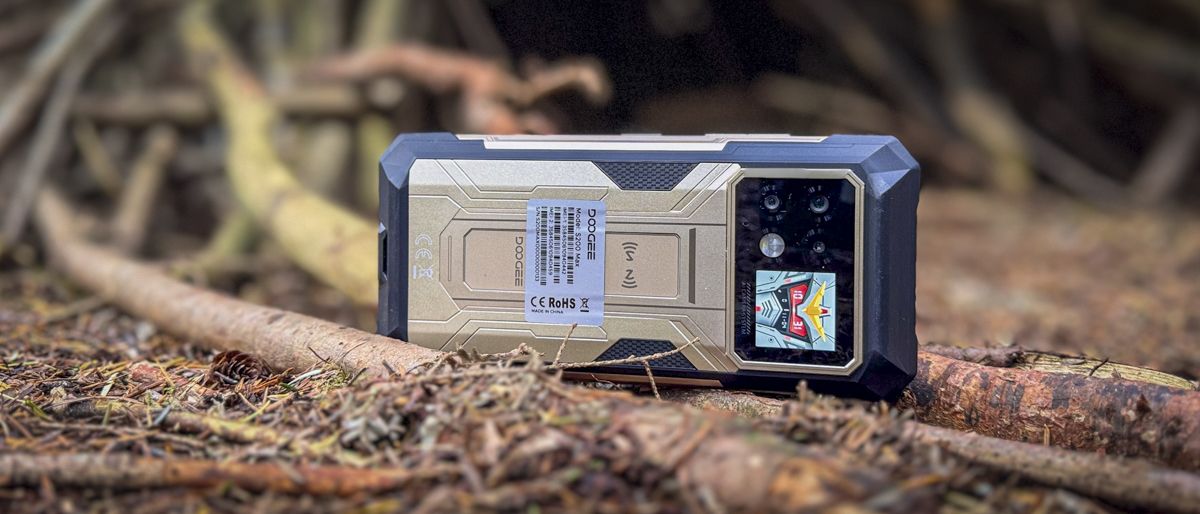Mashable - Science News
Moon phase today: What the moon will look like on ...
See the moon phase expected for November 15, 2025 as well as when the next full moon is expected.
NASA sends twin spacecraft to Mars with a push fro...
NASA has launched its latest mission to study Mars, Escapade, with Blue Origin, Rocket Lab, and UC Berkeley.
Scientists detect solar storm bursting from a near...
Astronomers have for the first time detected a coronal mass ejection from another star, shedding light on worlds orbiting red dwarfs.
Moon phase today: What the moon will look like on ...
See the moon phase expected for November 14, 2025 as well as when the next full moon is expected.
This black holes flare burned 10 trillion times br...
At the center of a galaxy 10 billion light-years away, a supermassive black hole is the new record holder for brightest flare.
Moon phase today: What the moon will look like on ...
See the moon phase expected for November 13, 2025 as well as when the next full moon is expected.
The northern lights are potentially visible tonigh...
How to see the northern lights on Wednesday, Nov. 12.
Moon phase today: What the moon will look like on ...
See the moon phase expected for November 12, 2025 as well as when the next full moon is expected.
NASA has a broken giant antenna that could upend i...
NASA's giant Mars Antenna failure hinders spacecraft communication and asteroid studies amid the federal government shutdown.
Moon phase today: What the moon will look like on ...
See the moon phase expected for November 11, 2025 as well as when the next full moon is expected.
Moon phase today: What the moon will look like on ...
See the moon phase expected for November 10, 2025 as well as when the next full moon is expected.
Moon phase today: What the moon will look like on ...
See the moon phase expected for November 9, 2025 as well as when the next full moon is expected.
Trumps transportation head imposes a space launch ...
The Federal Aviation Administration will temporarily limit when commercial rockets can launch, due to the ongoing government shutdown.
Moon phase today: What the moon will look like on ...
See the moon phase expected for November 8, 2025 as well as when the next full moon is expected.
NASA quietly sends two spacecraft to Mars — and th...
A NASA mission will send twin spacecraft to Mars to learn what happened to the Red Planet's ancient, thick atmosphere.
Moon phase today: What the moon will look like on ...
See the moon phase expected for November 7, 2025 as well as when the next full moon is expected.
Video captures meteor explosively striking the moo...
A Japanese astronomer captured two lunar impact flashes — caused by meteor strikes on the moon — just two days apart on video.
NASAs prospective boss posts 2,000 words on X. Its...
President Donald Trump's nominee to run NASA fired off a 2,000-word X post in a bid to save face following a leaked document.































 English (US) ·
English (US) ·